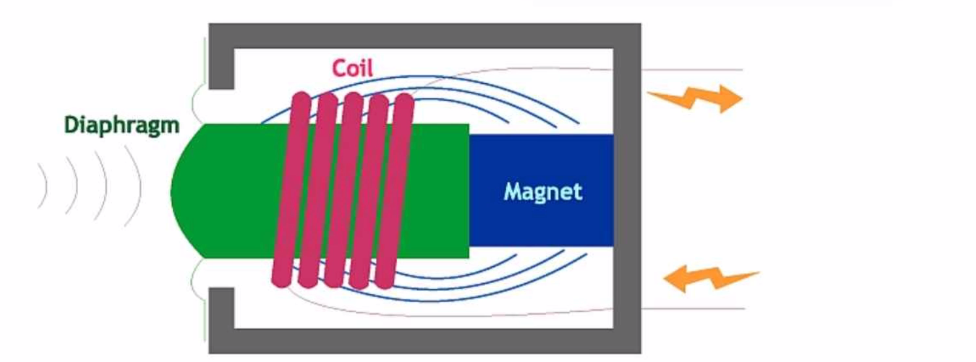At ValidExamDumps, we consistently monitor updates to the Avixa CTS exam questions by Avixa. Whenever our team identifies changes in the exam questions,exam objectives, exam focus areas or in exam requirements, We immediately update our exam questions for both PDF and online practice exams. This commitment ensures our customers always have access to the most current and accurate questions. By preparing with these actual questions, our customers can successfully pass the Avixa Certified Technology Specialist exam on their first attempt without needing additional materials or study guides.
Other certification materials providers often include outdated or removed questions by Avixa in their Avixa CTS exam. These outdated questions lead to customers failing their Avixa Certified Technology Specialist exam. In contrast, we ensure our questions bank includes only precise and up-to-date questions, guaranteeing their presence in your actual exam. Our main priority is your success in the Avixa CTS exam, not profiting from selling obsolete exam questions in PDF or Online Practice Test.
During the site survey, the client indicates that the space that will become a rear projection room is currently an off-white color. What should be recommended to the client?
For a rear projection room, it is recommended to paint the room black. Black walls minimize reflections and ambient light, which can negatively impact the quality of the projected image. By reducing these reflections, the contrast and clarity of the projection are improved, providing a better viewing experience. While gray is also a common choice for minimizing light reflections, black is more effective for creating the optimal environment for projection purposes.
Top of Form
Bottom of Form
While troubleshooting a DSP, the AV technician notices that the DHCP server has failed due to the control system not being able to control the volume of the DSP. In order to restore the same IP, the control programmer requires a unique identifier assigned to the network interface card of the DSP. What is the name of that address?
Comprehensive Detailed Explanation with all Technology Specialist Reference:
The unique identifier assigned to a network interface card (NIC) is known as the Media Access Control (MAC) address. A MAC address is a hardware address that is permanently embedded into the network interface of a device, such as a DSP, and is used to uniquely identify it on a local network.
When DHCP fails, the control programmer may need the MAC address to reassign the same IP address, as DHCP reservations are often based on MAC addresses. This ensures that devices receive a consistent IP address each time they connect, which is crucial for network devices in an AV system that rely on static IPs for control purposes.
Option B, 'internet protocol address,' refers to the IP address, which is assigned to a device but not unique to the hardware, as it can change over time. Option C, 'network address translation,' is a method for modifying IP address information as it passes through a router. Option D, 'digital multiplex exchange address,' is not relevant in this context and does not pertain to IP networking or AV control systems.
CTS Reference: AVIXA CTS Exam Guide, Chapter on Networking Fundamentals; CTS Handbook, Section on Network Addressing and IP Allocation.
Refer to the exhibit.

This image shows the workings of which type of microphone?
The image shows a dynamic microphone, which works through electromagnetic induction. In a dynamic microphone, sound waves cause the diaphragm to move, which in turn moves a coil of wire within the magnetic field of a magnet. This movement generates an electrical signal that corresponds to the sound. The visible components, such as the diaphragm, coil, and magnet, are characteristic of a dynamic microphone's internal structure.
CTS Technology Specialist Reference The CTS curriculum details the workings of various microphone types, explaining that dynamic microphones are durable and suitable for live sound due to their ability to handle high sound pressure levels.
On sites such as hospitals or prisons, which of the following will have the MOST impact on labor costs for the project?
On sites such as hospitals or prisons, work restrictions will have the most impact on labor costs for the project. These restrictions may include limited working hours, special security protocols, or the need for supervision, all of which can significantly increase labor costs and project timelines. Axis Technology Specialist documentation underscores the importance of understanding site-specific restrictions to accurately estimate labor costs and project feasibility.
The amount of light emitted through a projection system lens is TYPICALLY specified and measured
The light output of a projection system is typically measured in lumens, which quantify the total amount of visible light emitted by the projector. Lumens measure the projector's brightness, making it a standard metric for comparing different projectors' output capacities.
Lux is used to measure illuminance or the amount of light falling on a surface.
Footcandles is another unit of illuminance, similar to lux but based on the imperial system.
Contrast ratio describes the difference in luminance between the brightest white and the darkest black a projector can produce, not the brightness itself.
CTS Technology Specialist Reference According to CTS training materials, projector brightness should be specified in lumens, which provides a clear indication of the projector's suitability for different environments and screen sizes.